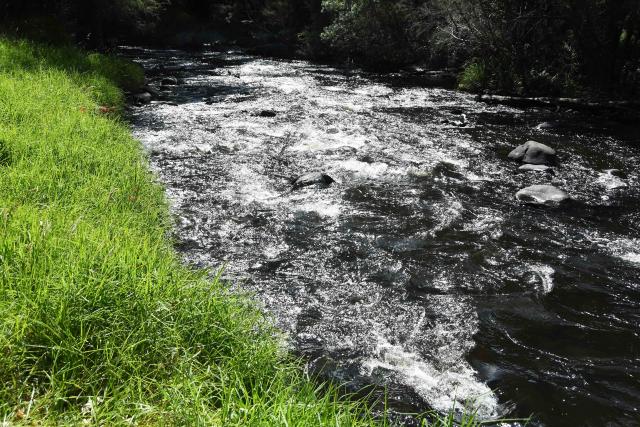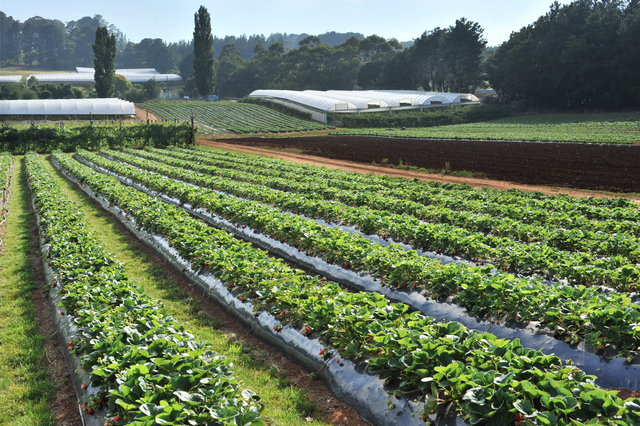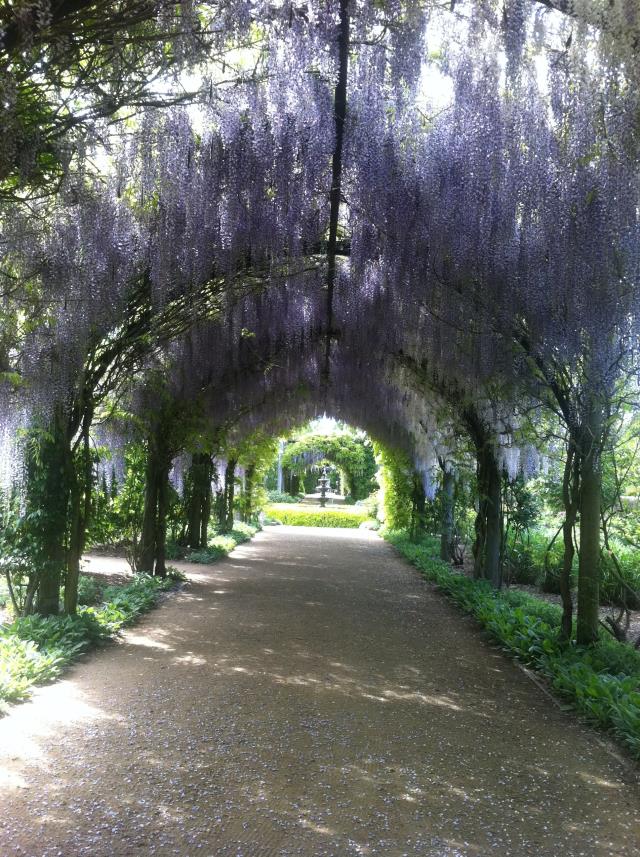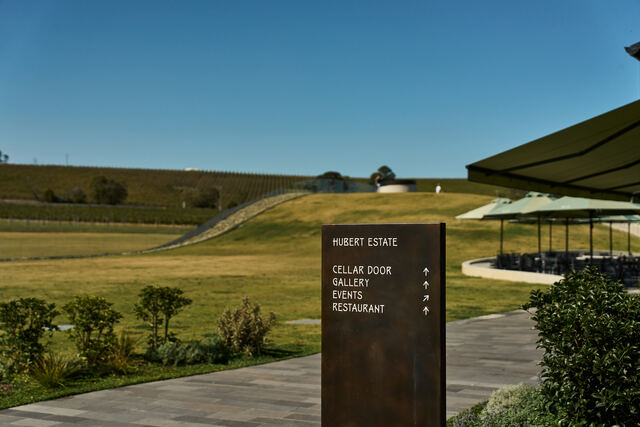With the quality of the water in the River Seine in Paris a big talking point of the recent Olympics, Melbourne Water has issued a handy explainer for swimmers back home thinking about a dip in the Yarra River.
While water quality is poor towards the centre of Melbourne, there are some parts in the Outer East that can be suitable, depending on the conditions.
A Melbourne Water spokesperson said some parts of the Yarra River are ‘swimmable’ during dry weather, but people should always check the Environment Protection Authority’s (EPA) water quality rating forecast on EPA’s Yarra Watch webpage.
“Stormwater runoff is the most common cause of pollution in waterways, so avoid swimming in the river for up to 48 hours after it rains,” they said.
“In the upper Yarra River, there can be agricultural runoff from local farms, which is why Melbourne Water is working with the Department of Energy, Environment, and Climate Action to fence off stream frontage on crown land so local livestock can’t access the waterway.”
Four sites along the Yarra River are tested for water quality by the EPA; Launching Place, Healesville, Warrandyte and Kew. Historically, the water quality is best for swimming near Warrandyte, while the Launching Place, Healesville and Kew sites come back as poor. All four monitoring sites in the Yarra River are considered safe for boating, canoeing, wading, paddling, and fishing.
Melbourne Water has taken on a variety of projects to improve the water quality in the Upper Yarra, including revegetation works being carried out in the Liwik Birring Landscape Conservation Area, which will provide improved water quality and habitat for critically endangered species like the last remaining wild population of the Helmeted Honeyeater.
Melbourne Water is also working to address issues on adjoining properties that affect water quality, such as poorly operating or old-design septic tanks which is a priority for the health of the upper Yarra River and partnering with communities across the Upper Yarra to provide advice and funding for off-stream watering for stock through the Liveable Communities Liveable Waterways Program to help local farmers manage agricultural runoff from their paddocks.
In 2022-23, 155 hectares of vegetation along the river and streams was rehabilitated by Melbourne Water in the Yarra catchment as part of the Healthy Waterways Strategy, up to a total of over 523 hectares planted over the prior five years.
The Yarra River is affected by similar issues as the Seine with pollution from rubbish, grease, oil, and other contaminants entering the stormwater drainage system though importantly, wastewater and stormwater are separated in Melbourne with wastewater (e.g. water from toilets, showers and kitchen sinks) going to treatment plants, and ‘stormwater’ from gutters, rooftops and streets flowing into rivers and creeks, unlike in Paris
The level of the bacteria E.coli is the most commonly used indicator of pollution levels in our waterways, measuring faecal contamination in rivers and creeks which comes from animals, including domestic pets, native species and farm animals.
The most recent samples updated on 13 August this year found 20 E.coli organisms per 100ml at Warrandyte, 52 E.coli organisms per 100ml at Healesville, 74 E.coli organisms per 100ml at Launching Place and 130 E.coli organisms per 100ml at Kew. These readings can give an indication of quality further upstream as well eg: Readings in Kew are used to indicate the pollution levels in Melbourne CBD.
Melbourne Water advises the following steps you can take to help keep the Yarra River and other waterways clean and healthy:
Join a Waterwatch group to monitor the health of waterways.
Participate in a local creek or river planting day or litter clean-up day.
Reduce use of fertilisers, insecticides and herbicides that wash down stormwater drains and into waterways.
Avoid planting invasive plant species (e.g. bamboo, agapanthus) that produce seeds that choke our waterways and reduce water flow.
Secure your wheelie bin so that rubbish doesn’t end up in the stormwater drain.
Take your litter home with you (or bin it) when you’re out enjoying nature.
To check the quality of the Yarra River at any time, visit epa.vic.gov.au/for-community/summer-water-quality/yarra-watch.







